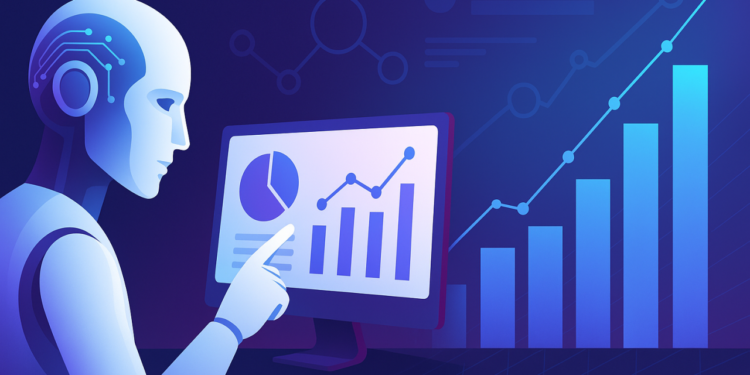Investment research is undergoing a profound transformation, driven by the rapid advancement of artificial intelligence (AI). Traditionally, research has relied on analysts to comb through financial statements, track market trends, and issue recommendations. While this human element remains essential, AI is reshaping how data is processed, insights are generated, and decisions are made.
One of the biggest strengths of AI lies in its ability to process vast amounts of unstructured data at extraordinary speed. Financial markets generate enormous volumes of information daily, earnings reports, regulatory filings, analyst notes, central bank communications, and social media chatter. What would take teams of analysts weeks to parse, AI systems can analyze in minutes, highlighting anomalies or patterns that might otherwise go unnoticed. This capability enhances efficiency, allowing research teams to focus more on interpretation and less on data collection.
AI also introduces predictive analytics into investment research. Machine learning algorithms can identify subtle correlations across asset classes, macroeconomic indicators, and geopolitical developments. For example, models can flag early warning signals of corporate distress or estimate the likelihood of central bank policy shifts. While predictions are never foolproof, they provide investors with a probabilistic edge in navigating uncertain markets.
At the same time, the rise of AI poses challenges. Algorithms are only as good as the data they are trained on. Biases, gaps, or inaccuracies in datasets can lead to misleading conclusions. Moreover, the “black box” nature of some AI models raises questions about transparency and accountability in investment decision-making. Regulators and investors alike are increasingly demanding that firms balance the power of AI with explainability and ethical use.
For analysts, the integration of AI is not about replacement but augmentation. Human judgment, particularly in areas such as assessing management credibility, understanding political dynamics, or gauging market sentiment, remains irreplaceable. The future of research will likely be a hybrid model, where AI handles the heavy lifting of data processing and pattern recognition, while analysts provide context, narrative, and forward-looking interpretation.
Finally, AI may redefine the competitive landscape of investment research. Firms that successfully integrate AI into their processes could deliver faster, deeper, and more tailored insights to clients, giving them a clear edge in the marketplace. On the other hand, those slow to adapt risk falling behind, as efficiency and innovation increasingly become differentiators in research quality.
In sum, AI is not the end of traditional investment research but the next stage of its evolution. The combination of machine efficiency and human insight promises to make research more dynamic, forward-looking, and impactful. For investors, the real opportunity lies in learning to trust the tools of tomorrow while keeping the irreplaceable element of human judgment at the center of decision-making.
















